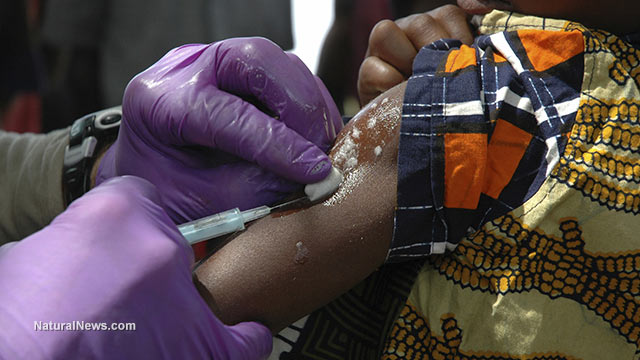by Julie Wilson
Recycling your plastic water bottle may seem like a green thing to do, but the truth is it’s better to simply avoid plastic altogether, and for a number of reasons. Drinking from a reusable water bottle places you at risk for contracting an array of dangerous germs like E.coli and salmonella.
Laboratory testing of 12 refillable water bottles used by athletes over the course of a week, identified a buildup of bacteria dangerous to humans. On average, the plastic bottles contained more than 300,000 colony-forming units of bacteria, according to the UK’s Daily Mail.
The testing, completed by TreadmillReviews.net, found a wide array of bacteria linked to skin infections, pneumonia and blood poisoning. The bottles were so dirty that researchers concluded that drinking from them was no more sanitary than licking your pet’s food bowl.
The amount of bacteria found on the reusable water bottles is comparable to the germs you would find on a toilet seat, they added. It turns out that not all plastic bottles are the same in terms of filth, either.
Reusing your water bottle is like eating out of your pet’s dirty food bowl
The researchers tested water bottles with a variety of lid types, including slide-top, squeeze-top, screw-top and straw-top. Water bottles with a slide-top harbored the most germs by far, measuring at 933,340 colony-forming units per square centimeter (CFU).
The slide-top bottle contained 33 percent gram negative rods, harmful bacteria that are often resistant to antibiotics, and 17 percent gram positive cocci, which may cause strep and staph infections.
The second dirtiest lid is the squeeze-top, with bacteria levels measuring 161,971 CFU. Less than one percent of the bacteria found on this lid type include gram positive cocci.
The screw-top lid, one of the most common types, came in at third dirtiest, containing 159,060 CFU. Ninety-eight percent of bacteria on this lid type consisted of harmful, antibiotic resistant bacteria.
Your water bottle’s lid has impact on the amount of bacteria harbored
Finally, the straw-top, probably one of the least used water bottle types, contained fewer germs than the others with an estimated 25 CFU.
The straw-top is believed to have the least amount of germs because water drips to the bottom of the straw instead of sticking around at the top attracting bacteria that thrive on moisture.
“Based on our test results, we suggest opting for a straw-top bottle, both for the low prevalence of bacteria and the lack of harmful germs,” said the fitness website, adding that stainless steel water bottles are the cleanest and therefore safest choice for users.
Stainless steel water bottles or even glass bottles are optimal for a number of reasons. Not only do they harbor fewer germs, but they don’t leach toxic chemicals into your drink.
Plastic water bottles, especially when exposed to heat or sunlight, are known to leach endocrine mimicking chemicals such as BPA (bisphenol-A) and phthalates.
The dangers of chemicals leached from plastic
Endocrine mimickers or hormone disruptors interfere with the body’s natural sex hormones, leading to all sorts of health problems including infertility, early puberty, cancer, thyroid problems and more. Even low dose exposure to these chemicals can significantly affect your health.
“BPA has been linked to everything from breast and others cancers to reproductive problems, obesity, early puberty and heart disease, and according to government tests, 93 percent of Americans have BPA in their bodies!” says the Environmental Working Group.
New research shows that BPA alternatives such as BPS aren’t any safer either; in fact, in some cases they are considered more dangerous to humans. All bisphenols are capable of mimicking the body’s sex hormones, says Robin Mesnage, research associate with King’s College London.
Three bisphenols including BPAF, BPB and BPZ are “more estrogenic than BPA.” (Natural News).



